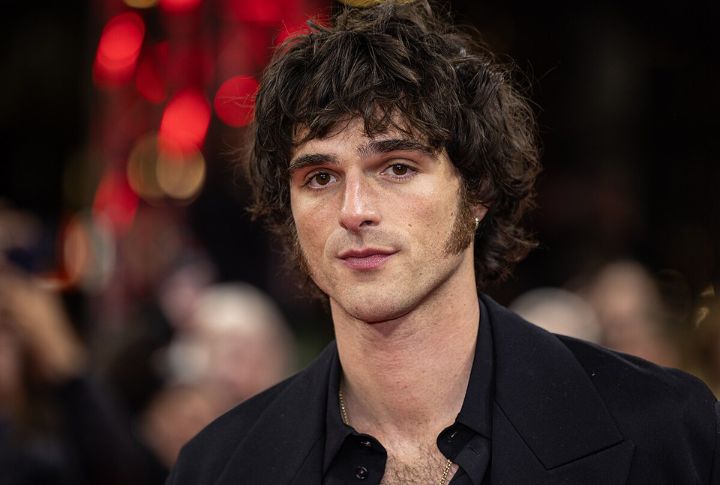
In del Toro’s hands, Frankenstein becomes a story about humanity, not horror—and Jacob Elordi understood that immediately. His preparation was a genuine devotion. Each step into character peeled away the familiar. The real change began long before cameras rolled, inside hours of silent transformation. Let’s take a look.
The Metamorphosis Begins
When Jacob Elordi first appeared on the icy landscape of Guillermo del Toro’s “Frankenstein” as a looming figure clad in black, it became instantly clear the Australian actor was born for this role. Though the part nearly didn’t happen as Elordi stepped in just nine weeks before production, when Andrew Garfield had to exit due to scheduling conflicts.
From the moment he got the call, Elordi knew this would be “the biggest film” of his career so far. The actor approached the monumental task with a surprising confidence, later explaining, “I wasn’t afraid, because I knew that Guillermo knew.”
The physical change was nothing short of extraordinary. Each day, Elordi endured marathon 10-hour sessions in the makeup chair as prosthetic makeup effects department head Mike Hill and his team applied 42 separate silicone prosthetics to his face and body. The team used several pieces on his head and neck, while the rest covered his body.
“From the moment I got into the makeup trailer, the performance began, and it was alive,” Elordi revealed. “Guillermo said this would be not just a meditation, but a metamorphosis.”
Beyond The Physical
But makeup wasn’t the only way Elordi changed. To truly mirror Frankenstein’s creation, he took Japanese butoh dance classes and immersed himself in the Book of Job from the Bible. The actor also studied the movements of his golden retriever to develop an understanding of how the Creature might move throughout its evolution.
Hill approached the Creature’s design with a unique philosophy, embracing beauty rather than monstrosity. “You can design a very nice, scary movie creature that looks like it came from 2025, but I didn’t want that. It had to literally look like he stepped out of a textbook.”
The result was a creature with alabaster white skin inspired by the marble statues carved by Old Masters, with joining wounds that create almost flattering contour lines. Notably, Elordi’s expressive brown eyes remained untouched, allowing his natural emotional range to shine through the prosthetics.
A Revolutionary Creature
This fresh approach breaks dramatically from the iconic Boris Karloff interpretation, with its extended square head, drooping eyelids, and protruding neck plugs that dominated pop culture for almost a century.
Columbia professor Eleanor Johnson, author of “Scream with Me: Horror Films and the Rise of American Feminism” (2025), believes the film is “pushing back” against a tired Hollywood trope: “Hollywood, because it likes an ugly villain, has gone out of its way to make the creature uglier and uglier over time.”
Critics’ reactions to the film may be mixed, but there’s near-universal agreement about one thing: Elordi’s portrayal is mesmerizing. He brings both power and pathos to the role, grounding the monster’s rage in something deeply human—sorrow. The actor’s haunting physicality and quiet vulnerability perfectly personify del Toro’s tragic, gothic vision.
Besides, Elordi’s commitment didn’t go unnoticed by his co-star Oscar Isaac, who plays Dr. Victor Frankenstein. “He’s so put together,” Isaac shared. “He was so effortless. He never complained. He was in 10 hours of makeup every day. The fact that he would just show up and was so beautiful and vulnerable and open, I was so impressed with him.”

